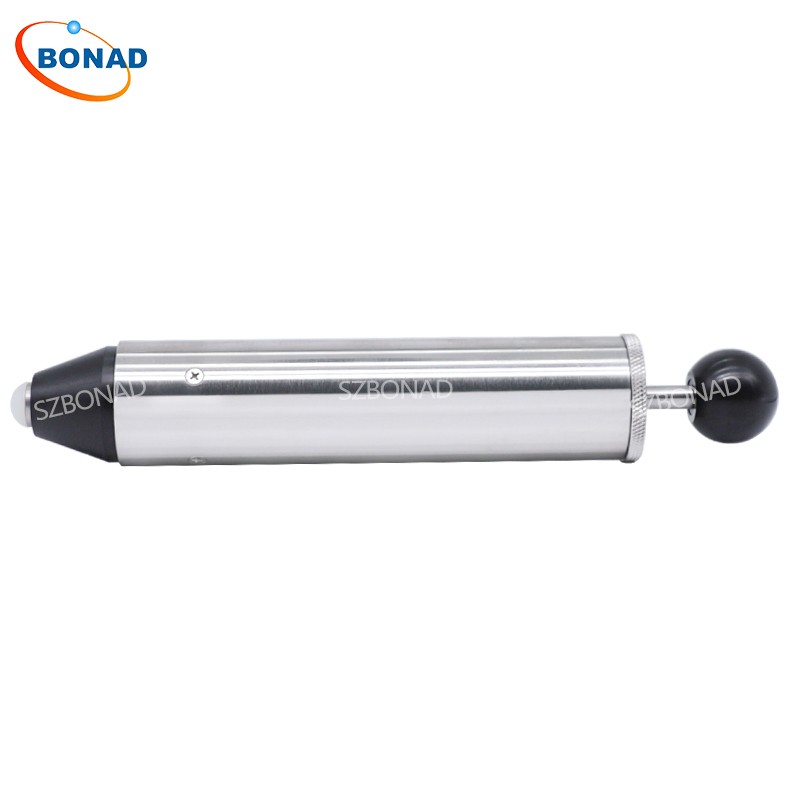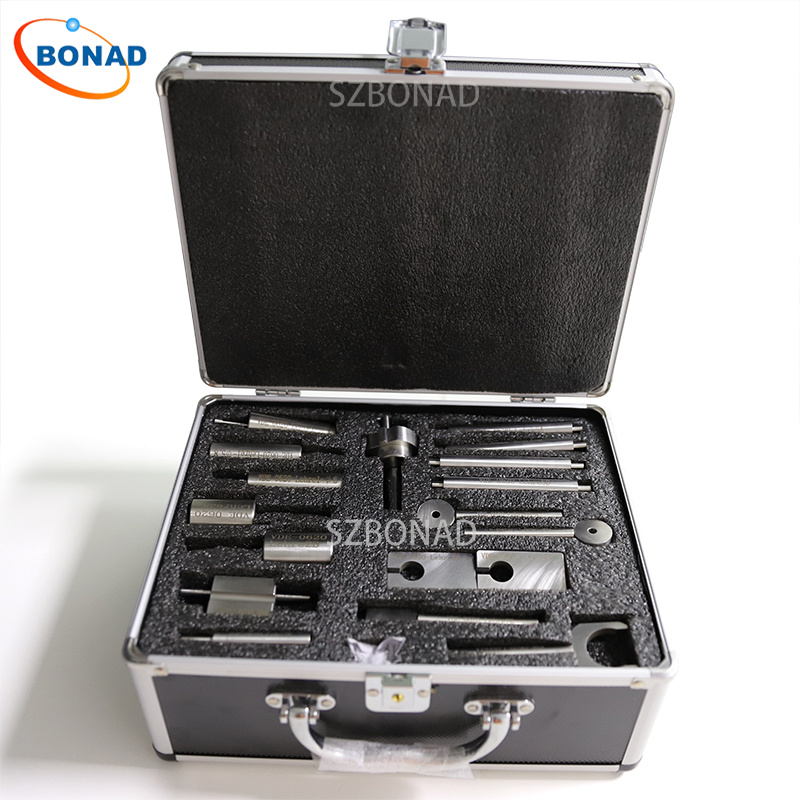Introduction: A spring impact hammer, often referred to as a spring impactor, is a specialized tool for conducting impact tests. By releasing a predetermined amount of energy through an internal mechanism, it applies force to the surface of a test specimen. This process is crucial for assessing the impact resistance of various materials or products.
Applications and Standards: The design and manufacturing of spring impact hammers adhere to international standards like IEC 60068-2-75 and domestic standards such as GB 2423.55. Represented by figure E.1 (spring hammer test device), these standards ensure the tool’s reliability. Primarily, this device evaluates the mechanical impact resistance of components like enclosures, operating rods, handles, knobs, and indicator lights in household and similar electrical appliances.
Spring impact hammers are widely used in product quality control and safety evaluations. By simulating mechanical impacts that might occur during transportation, usage, or accidents, they help assess the durability of product enclosures and related components. This ensures that products remain safe and reliable under real-world conditions.

The standards IEC 60068-2-75 and GB 2423.55 provide detailed design requirements, testing methods, and evaluation criteria for spring impact hammers. These unified standards offer a consistent reference for industries involved in product testing.
IK Classification and Corresponding Impact Energies: The spring impact hammer adheres to the IK classification system, ranging from IK01 to IK07. Each level corresponds to a specific impact energy:
- IK01: 0.14J
- IK02: 0.2J
- IK03: 0.35J
- IK04: 0.5J
- IK05: 0.7J
- IK06: 1J
- IK07: 2J
Selecting the appropriate IK level allows for precise evaluation of a specimen’s ability to withstand various impact energies. These standardized levels ensure consistency in test results, aiding in product design improvements and quality control.
Material and Price Differences: Spring impact hammers with a 2J energy rating feature stainless steel heads, while those rated at 1J or lower use polyetherimide (PEI) material. Consequently, the 2J version is more expensive and heavier. Single-stage spring impact hammers have aluminum alloy shells with a thickness of 1mm, whereas multi-stage versions use more durable 2mm thick stainless steel shells.
Types and Multi-stage Design: Spring impact hammers come in single-stage and multi-stage variants. Multi-stage hammers are further divided into five-stage and six-stage types, allowing for different energy levels during testing. Each stage corresponds to specific IK levels, offering flexibility for various testing needs.
Usage Method: To conduct an impact test following relevant standards, first secure the specimen and select the appropriate impact energy and test positions. Pull the operating handle until you hear a “click,” indicating readiness for release. Align the hammer perpendicularly to the specimen’s surface before making contact and releasing it to perform the test.
Conclusion: In summary, the design of spring impact hammers—considering material type, structure, and usage methods—ensures they meet diverse requirements and standard specifications. Proper selection and use guarantee accurate test results, contributing to enhanced product quality and safety assurance.


